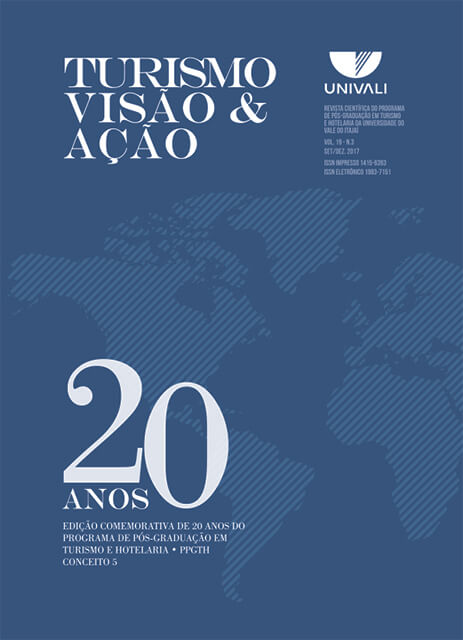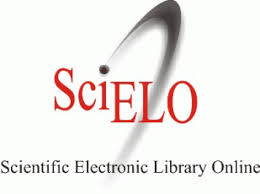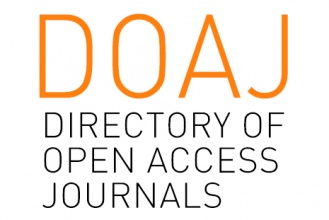DRIVERS AND EFFECTS OF WINE TOURISM DEVELOPMENT IN WINERIES: THE PERSPECTIVE OF DYNAMIC CAPABILITIES
DOI:
https://doi.org/10.14210/rtva.v19n3.p458-486Keywords:
Wine tourism development. Dynamic capabilities. Strategic change.Abstract
In the organizational context of the wineries, wine tourism involves the winery’s entry into the tertiary sector of the economy through a set of tourism services and activities. This study draws on the dynamic capabilities approach to propose that wineries purposely create, extend, and modify their processes by building and using key dynamic capabilities to develop wine tourism in their business portfolios. Two objectives were formulated for this study. The first was to understand the extent to which the businesses’ levels of dynamic capabilities can contribute to the development of wine tourism in wineries. The second was to analyze the effects of wine tourism development on the wineries’ organizational performance. The partial least squares (PLS) method, structural equation modeling (SEM), and data from a quantitative survey were applied to the business Alentejo wineries, in Portugal. This study shows the drivers of dynamic capabilities on the wineries’ behavior towards wine tourism development, and the effect of wine tourism on wineries’ organizational performance. The result shows that wineries are renewing and extending their operational capabilities. A set of new key capabilities (sensing, learning, integrating, coordinating, and reconfiguring) contribute simultaneously and differentially to the development of wine tourism. This development, in turn, is positively impacting the wineries’ performance.Downloads
Download data is not yet available.
Downloads
Published
2017-10-10
How to Cite
Lavandoski, J., Silva, J. A., Vargas-Sánchez, A., & Pinto, P. S. L. G. dos S. (2017). DRIVERS AND EFFECTS OF WINE TOURISM DEVELOPMENT IN WINERIES: THE PERSPECTIVE OF DYNAMIC CAPABILITIES. Turismo: Visão E Ação, 19(3), 458–486. https://doi.org/10.14210/rtva.v19n3.p458-486
Issue
Section
Papers












